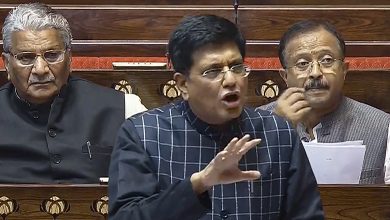Subscription to sovereign gold bond to open

New Delhi, Oct 21 (PTI): The next tranche of Sovereign Gold Bonds 2021-22 will be open for subscription for five days from October 25, the finance ministry said in a statement on Thursday.
The bonds under the 2021-22 series will be issued in four tranches during October 2021-March 2022, taking the total to 10. Under the series, bonds were issued in six tranches from May 2021 to September 2021.
The subscription period for 2021-22 Series-VII will be October 25-October 29, and bonds will be issued on November 2, the finance ministry said in a statement.
The bonds will be sold through banks (except small finance banks and payment banks), Stock Holding Corporation of India Limited (SHCIL), Clearing Corporation of India Limited (CCIL), designated post offices, and recognised stock exchanges (National Stock Exchange of India and Bombay Stock Exchange).
The Reserve Bank of India will issue the bonds on behalf of the Government of India.
The price of bonds will be fixed in the Indian rupees on the basis of simple average of closing price of gold of 999 purity, published by the India Bullion and Jewellers Association Ltd for the last three working days of the week preceding the subscription period. The issue price of the gold bonds will be Rs 50 per gram less for those who subscribe online and pay through digital mode.
The tenure of the bond will be for a period of eight years with an exit option after fifth year to be exercised on the next interest payment dates.
The investors will be compensated at a fixed rate of 2.50 per cent per annum payable semi-annually on the nominal value, said the ministry adding the minimum permissible investment will be 1 gram of gold.
The maximum limit of subscription shall be 4 kg for individual, 4 kg for HUF and 20 kg for trusts and similar entities per fiscal (April-March).
Know Your Customer (KYC) norms will be the same as that for the purchase of physical gold.
The sovereign gold bond scheme was launched in November 2015, with an objective to reduce the demand for physical gold and shift a part of the domestic savings — used for the purchase of gold — into financial savings.








